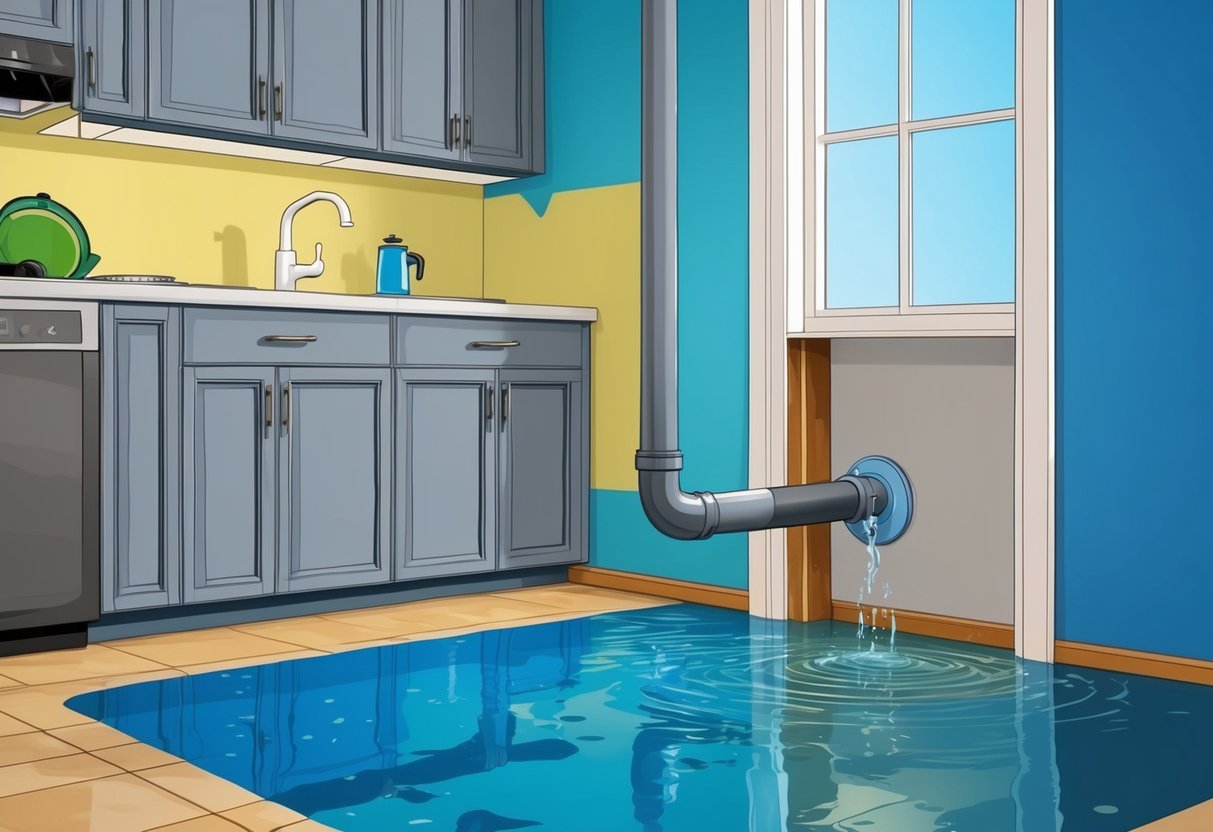
Protecting Against Roof Leaks
Roof leaks can lead to expensive repairs and unwanted structural issues.
Consistent inspection and targeted maintenance approaches help reduce risks before water infiltration causes serious damage.
Preventing Water Infiltration During Heavy Rain
Heavy rain is a frequent cause of hidden roof leaks, especially in older homes with worn shingles, flashing, or sealant. Homeowners should schedule roof checks at least twice a year and after major storms.
Look for loose, missing, or damaged shingles, as well as signs of cracked flashing around chimneys and vents. Gutters play a crucial role in directing water away from the home.
Keep them clear of leaves, debris, and nests that can cause blockages. Blocked gutters often lead to water pooling on the roof, which increases the risk of leaks and interior water damage.
An inspection inside the attic during rainfall can help spot early leaks before they spread further. Applying roofing cement to minor cracks or gaps is an effective temporary fix, as described in this guide on quick roof leak hacks.
Using a durable waterproof tarp over affected areas is also a standard emergency protection method.
Addressing Storm Damage and High Winds
Storm damage and high winds commonly cause issues by loosening shingles and exposing underlying roof layers. After severe weather, it is important to examine the roof for visible splits, missing shingles, or scattering of roofing materials in the yard.
Immediate action includes securing loose shingles and removing debris that may have landed on the roof. For significant damage, protective measures such as tarps and sandbags can help shield the roof from further water infiltration until a permanent fix is completed.
Routine maintenance before and after storm seasons helps identify minor issues before they escalate. This is especially important in areas with frequent high winds and intense rainfall.
Optimal Gutter and Downspout Care
Proper gutter and downspout maintenance helps prevent hidden water leaks and costly home repairs. Paying attention to debris buildup, drainage direction, and regular cleaning keeps water away from foundations and structural elements.
Effective Gutter Cleaning and Maintenance
Gutters frequently become clogged with leaves, twigs, and dirt, especially during fall and spring. Regular gutter cleaning—at least twice a year—is essential to prevent overflow and water backup.
When gutters fill with debris, water can spill over the sides or flow under the roofline, leading to water leaks and possible interior damage. Check for sagging or misaligned gutters, as this can impede water flow.
Gutters should be angled about 1/4 inch for every 10 feet, sloping toward the nearest downspout to allow water to drain efficiently. Maintenance Tips:
- Remove all visible debris by hand or with a gutter scoop
- Flush gutters with a garden hose to check for leaks
- Inspect and reseal any cracks or small holes using waterproof sealant
For additional details on regular maintenance schedules and practical tips, see this ultimate guide to gutter maintenance.
Importance of Downspouts and Proper Drainage
Downspouts are vital for transporting water from the gutters to the ground away from the home’s foundation. If downspouts are blocked or disconnected, water can collect around the foundation and cause basement leaks, erosion, or even structural damage.
Underground drainpipes and extensions help guide water further from the building. Downspouts should extend at least three feet from the structure, and splash blocks or extensions should be used to direct water away efficiently.
Inspect downspouts during storms to make sure they are clear and directing water properly. If underground drains are present, ensure they are not clogged with leaves or sediment.
Unclogging downspouts and checking underground drainpipes are simple but essential tasks highlighted in this gutter cleaning guide.